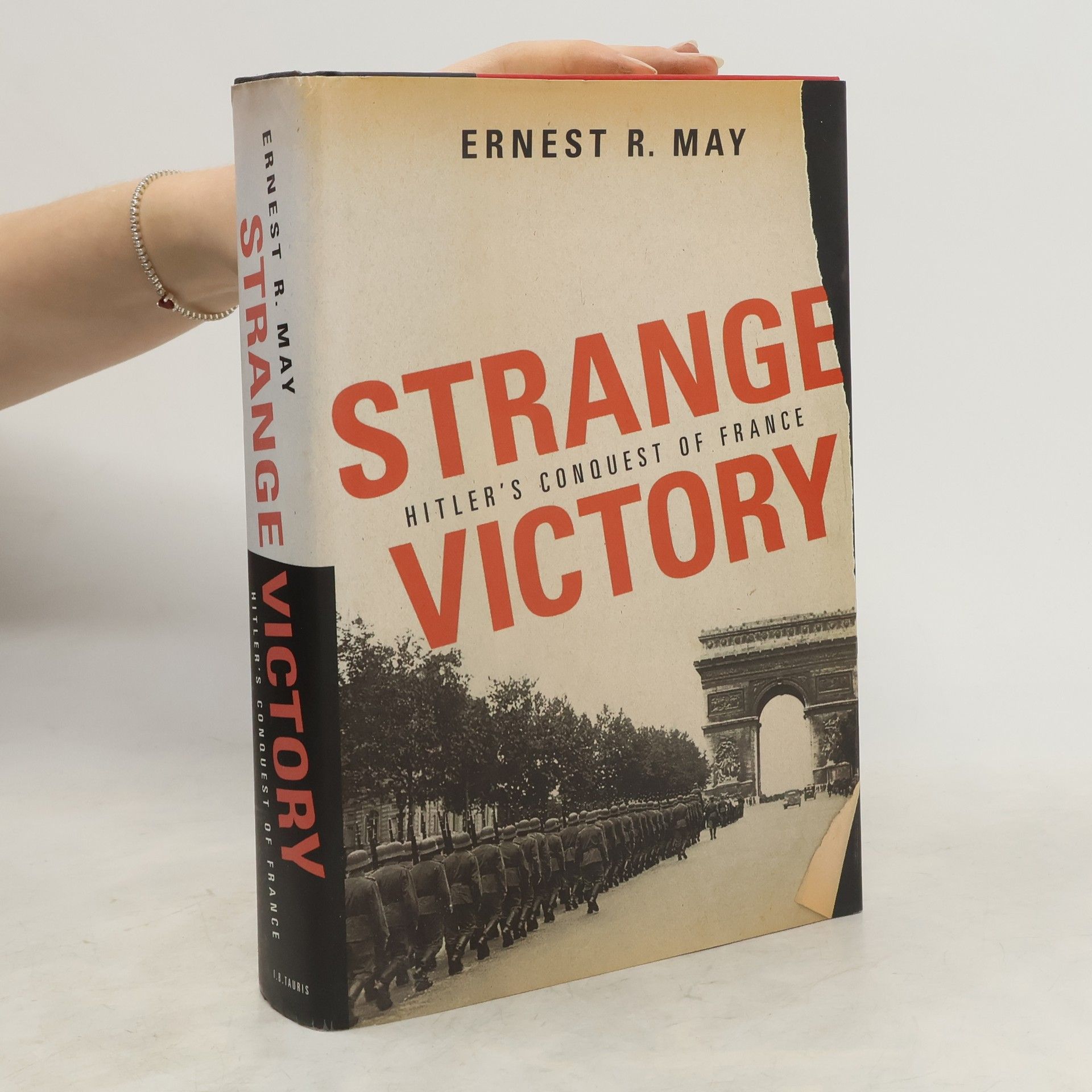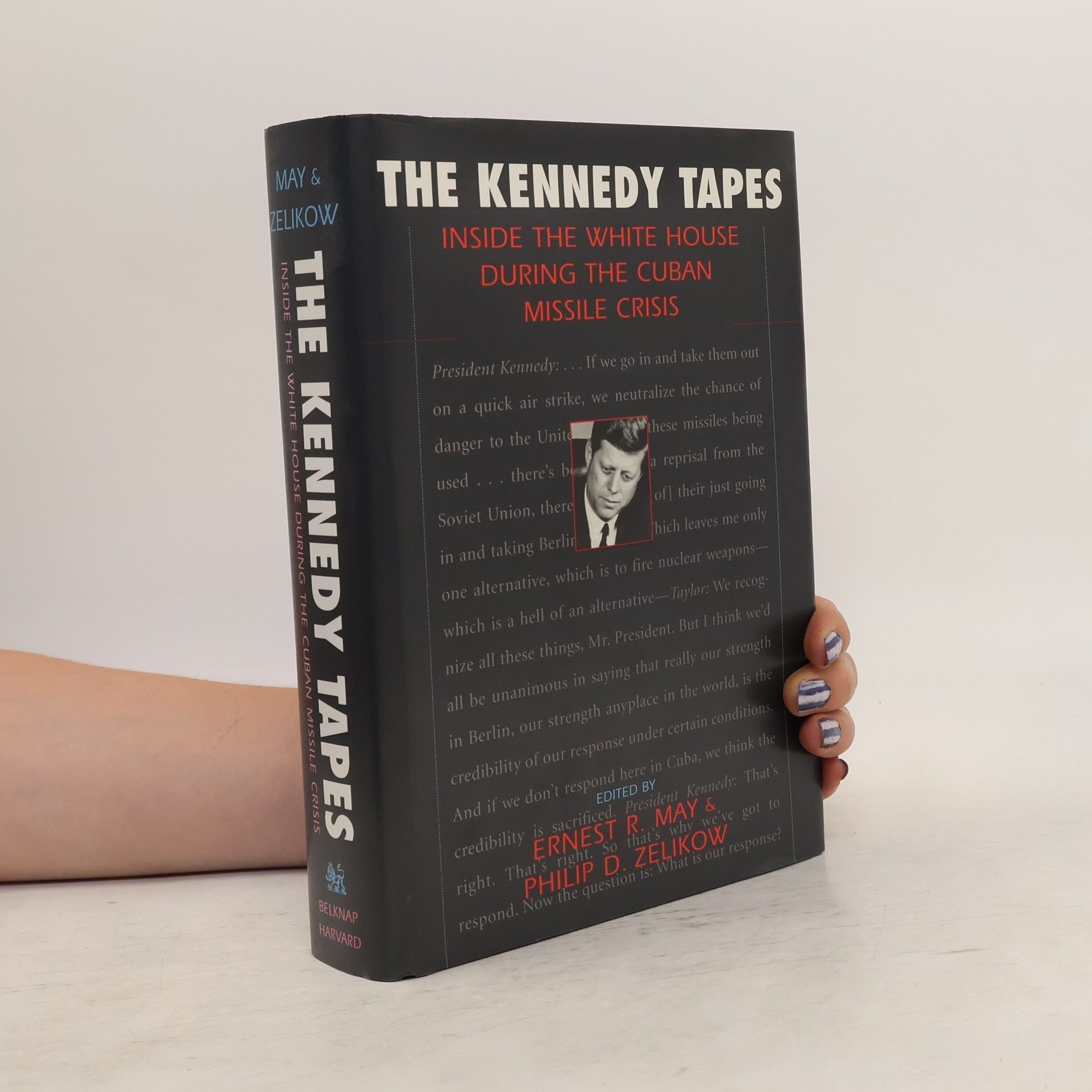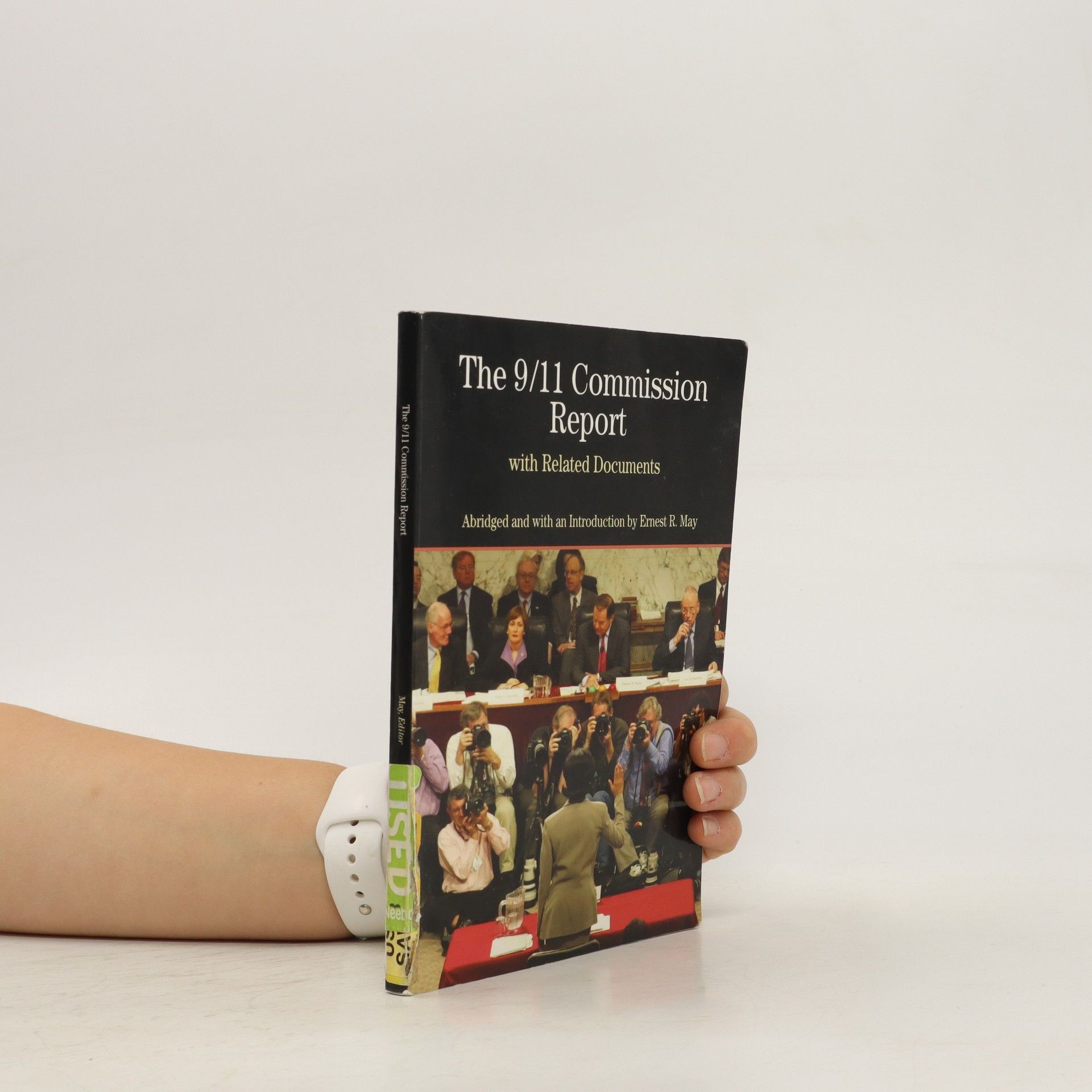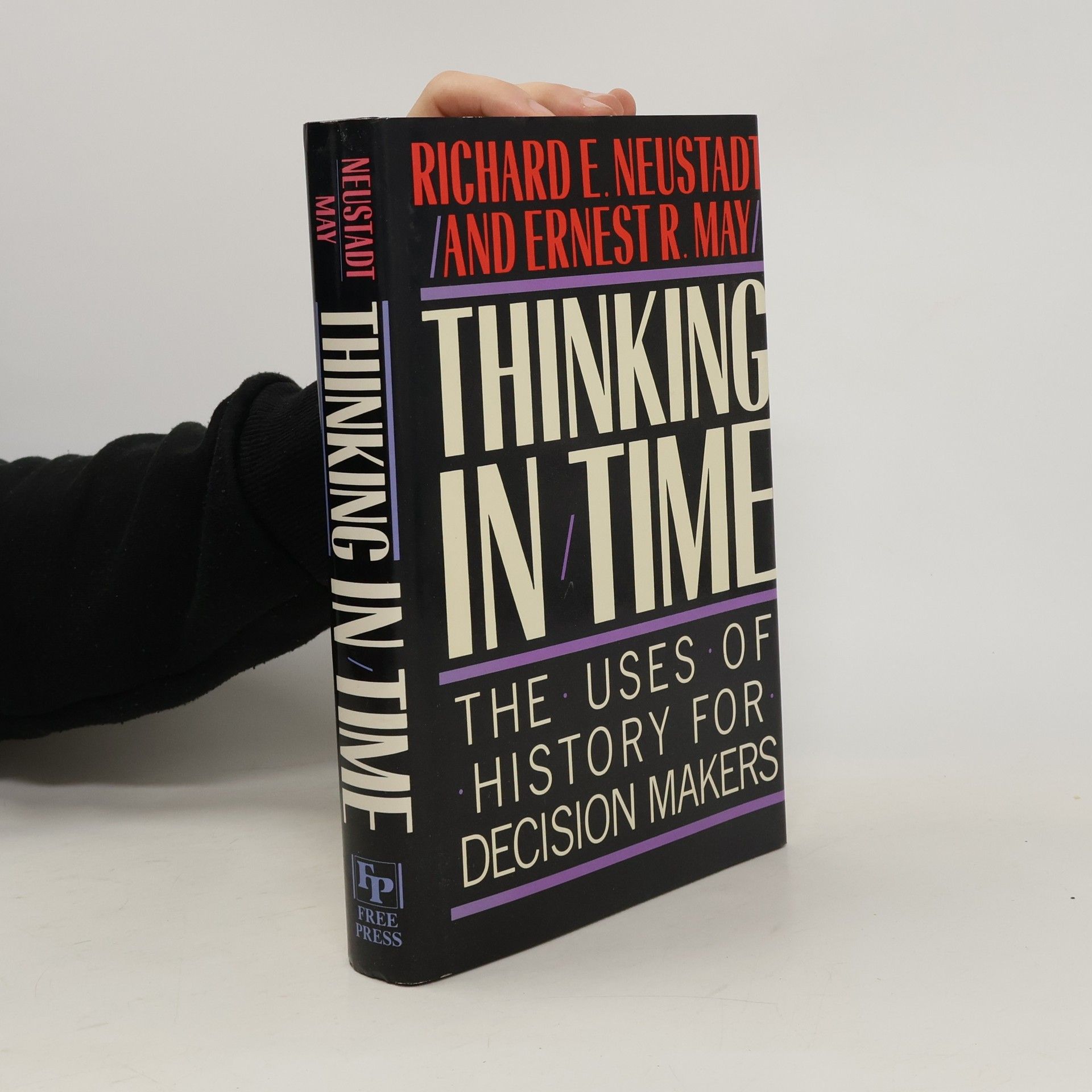For nearly a decade distinguished scholars Richard Neustadt and Ernest May of Harvard's Kennedy School of Government have taught an unusual and influential course for high-level public officials and their aides, showing them how to make practical use of history in day-to-day decision making and management. And while the pioneering methods they have developed and introduced through their course are based on decision processes in government, their techniques can prove valuable in the upper echelons of business and industry as well. Now, in this long-awaited book, Neustadt and May describe their methods in full.
Ernest R. May Books
Ernest May was an American historian of international relations, focusing on pivotal moments in the 20th century. He was renowned for his detailed analyses of American foreign policy, particularly concerning World War I and the fall of France in World War II. His approach involved deep dives into archival materials and testimonies, offering readers compelling insights into decision-making processes during crises. May's work often highlighted failures in intelligence agencies and the influence of political leaders on historical events.






The 9/11 Commission Report with Related Documents
- 208 pages
- 8 hours of reading
The terrorist attacks of September 11, 2001 left Americans wondering how such a breach of security could have occurred. Relatives and friends of the victims pushed for the creation of a National Commission on Terrorist Attacks upon the United States to investigate the government's preparedness for and response to the attacks and to provide recommendations for preventing future disasters. As Senior Advisor to the 9/11 Commission, Ernest R. May provides students with a firsthand account of the commission's methods and actions. His introduction, which describes the drafting process and the collaboration of the commissioners despite the bitter political divisions surrounding them, allows students to view the report as an historical document. The report itself has been carefully abridged for the classroom while preserving the essence of the complete version. A cast of characters, a glossary of political acronyms, a chronology, a selected bibliography, and questions for consideration make this edition ideal for students.
The United States and the Soviet Union stood eyeball to eyeball, each brandishing enough nuclear weapons to obliterate each other's civilization. It was one of the most dangerous moments in world history. Day by day, for two weeks, an executive committee formed around elements of President Kennedy's National Security Council debated what to do, twice coming to the brink of attacking Soviet military units in Cuba - units equipped for nuclear retaliation. And through it all, unknown to any of the participants except the President himself - and possibly his brother Robert - tape was rolling, capturing for posterity the deliberations that might have ended the world as we know it. These are the full and authenticated transcripts of those audio recordings. Arguably the most important document in the history of the Cuban missile crisis, these transcripts are also a unique window on a drama rarely if ever witnessed by those outside the halls of power: the moment-by-moment decision-making of those with the fate of the West in their hands in a constantly changing, world-threatening situation. At the center of it all is President Kennedy, wary of experts after the debacle of the Bay of Pigs, puzzled and distrustful after confrontation with Khrushchev in Vienna over Berlin, and ever mindful of the responsibility symbolized by the satchel his military aides hold nearby, containing the codes to unleash nuclear warfare. Other participants in the deliberations are identified and put securely into their context by the editors, whose introduction illuminates this singular crisis in a framework spanning several administrations and whose conclusions, incorporating Khrushchev's thinking, show this to be theclimax of the Cold War.
How did Hitler and his generals manage the swift conquest of France, considering that the French and their allies were superior in every measurable dimension and considering the Germans' own scepticism about their chances? This title is a new interpretation of Germany's lightning attack that swept the Wehrmacht to Paris in the spring of 1940. It studies the years leading up to those crucial weeks and suggests new ways to think about the decisions taken on both sides.
The Bedford Series in History and Culture: Martin Luther King, Jr., Malcolm X, and the Civil Rights Struggle of the 1950s and 1960s
A Brief History with Documents
- 207 pages
- 8 hours of reading
The civil rights movement’s most prominent leaders, Martin Luther King, Jr. (1929–1968) and Malcolm X (1925–1965), represent two wings of the revolt against racism: nonviolent resistance and revolution "by any means necessary." This volume presents the two leaders’ relationship to the civil rights movement beyond a simplified dualism. A rich selection of speeches, essays, and excerpts from Malcolm X’s autobiography and King’s sermons shows the breadth and range of each man’s philosophy, demonstrating their differences, similarities, and evolution over time. Organized into six topical groups, the documents allow students to compare the leaders’ views on subjects including integration, the American dream, means of struggle, and opposing racial philosophies. An interpretive introductory essay, chronology, selected bibliography, document headnotes, and questions for consideration provide further pedagogical support.